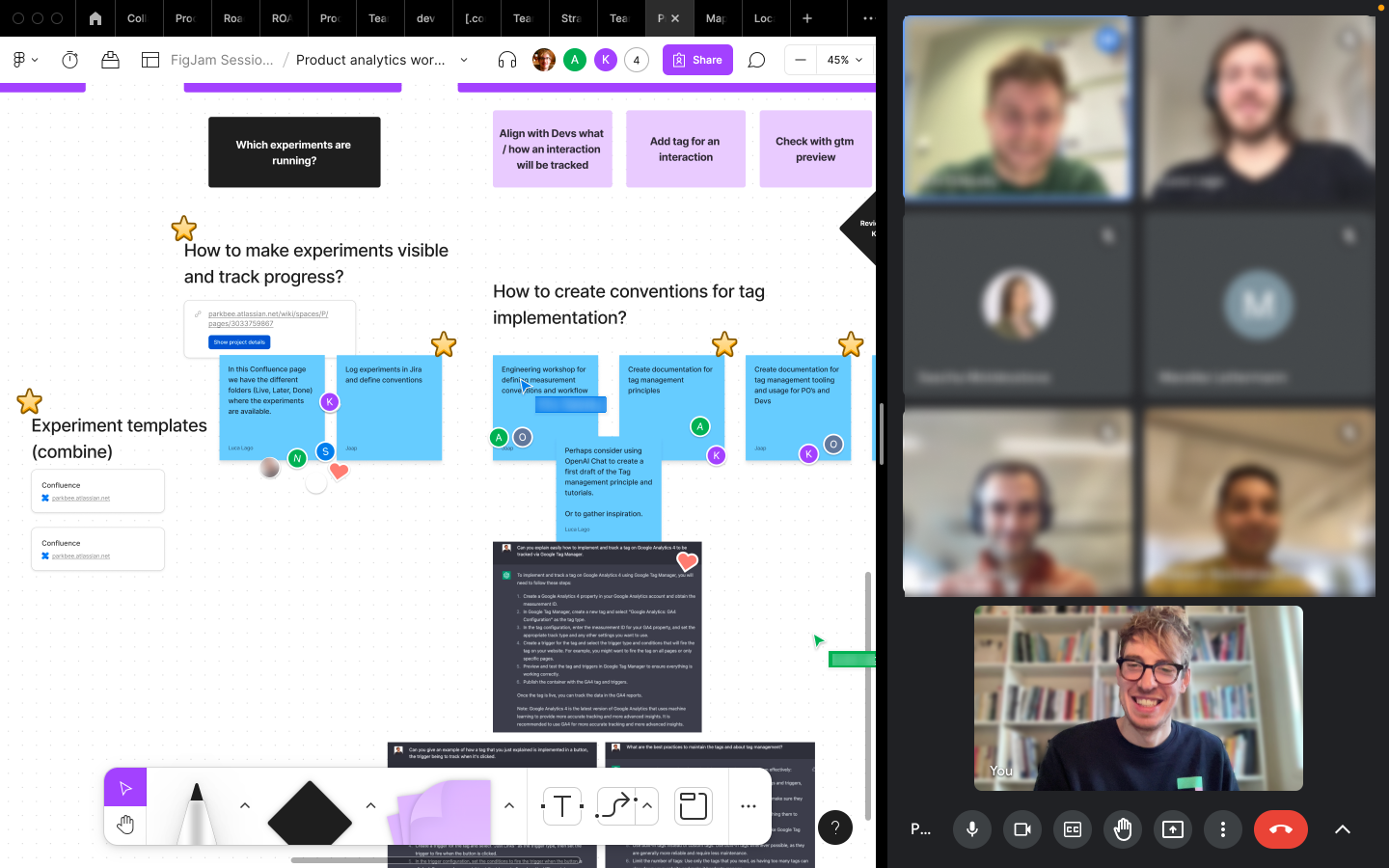Organization Design
To enable ParkBee's growth and deliver meaningful user experiences, I restructured our product & design organization. As Head of Product & Design, I initiated and guided the transformation from siloed departments to collaborative, value-driven teams inspired by Merholz and Skinner's organizational design principles.
With
My role

The Challenge
ParkBee's organizational structure had evolved organically, leading to inefficiencies and diminished design value. This resulted in:
- Mis-alignment due to siloed departments (tech, operations, growth, business development)
- Fragmented development teams scattered across features driven by sales requests
- Outsourced and undervalued design functions
- Inefficient allocation of designers resulting in low-value solutions
- Limited capacity for proper discovery and definition phases
- Lack of standardization and quality assurance of the User Experience
The challenge was to reshape the organization to empower teams and maximize design's value contribution to the business.
The Approach
To transform our product & design organization, we first analyzed the issues we needed to overcome:
1. Value Drivers
A deep understanding of business priorities shaped our direction. We mapped the major journeys for acquisition and operation of parking garages and parking demand on the platform and analyzed the stakeholder landscape to identify where most product requests originated. This gave us clarity on critical business value drivers.
2. Gaps in the Process
Designers were spending most of their time preparing user stories and individual features, with little time left for discovery and definition. Meeting overload and involvement in low-value discussions consumed valuable time. Moreover, stakeholder requests were filtered before reaching designers, leaving them un-empowered. This prevented the design function to be relevant and deliver true value.
3. Organization Design
We studied the centralized partnership model described by Merholz and Skinner's framework. The design discipline was structured around centralized shared skills (UI Design, Content Design) and semi-embedded and dedicated skills (UX/Product Design, UX Research). We collaborated with designers and key stakeholders from product and engineering to ensure adoption.

Implementation
We focused on creating practical, sustainable structures that support both design excellence and business objectives.
- Developed clear role expectations for existing and new team members
- Established new rituals to sustain and evolve the new structure such as a design standup, design review, design critique and planning with the product trio
- Implemented feedback loops to continuously improve the organization, such as retrospective sessions, demos and kitchen reviews

The Outcome
The reorganization of ParkBee's design function resulted in a much more efficient and effective structure:
- Improving collaboration between product, design, engineering, and business teams
- Reducing meeting overhead with 20%
- Creating clear career paths and role expectations for design team members and new hires
- Putting design in the lead for critical initiatives e.g. by running design sprints or protecting time for in-depth user research or exploration of different directions
The new structure has positioned design as a strategic partner within ParkBee, enabling the team to deliver more meaningful and unified experiences for our users while supporting the company's growth objectives. An example is a design sprint that discovered how to use data visualization and capacity control for garage owners to increase the trustworthiness of the ParkBee service.



